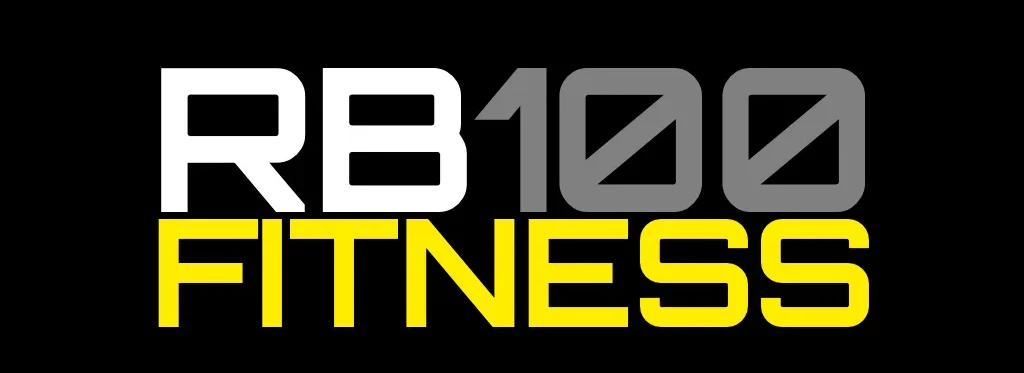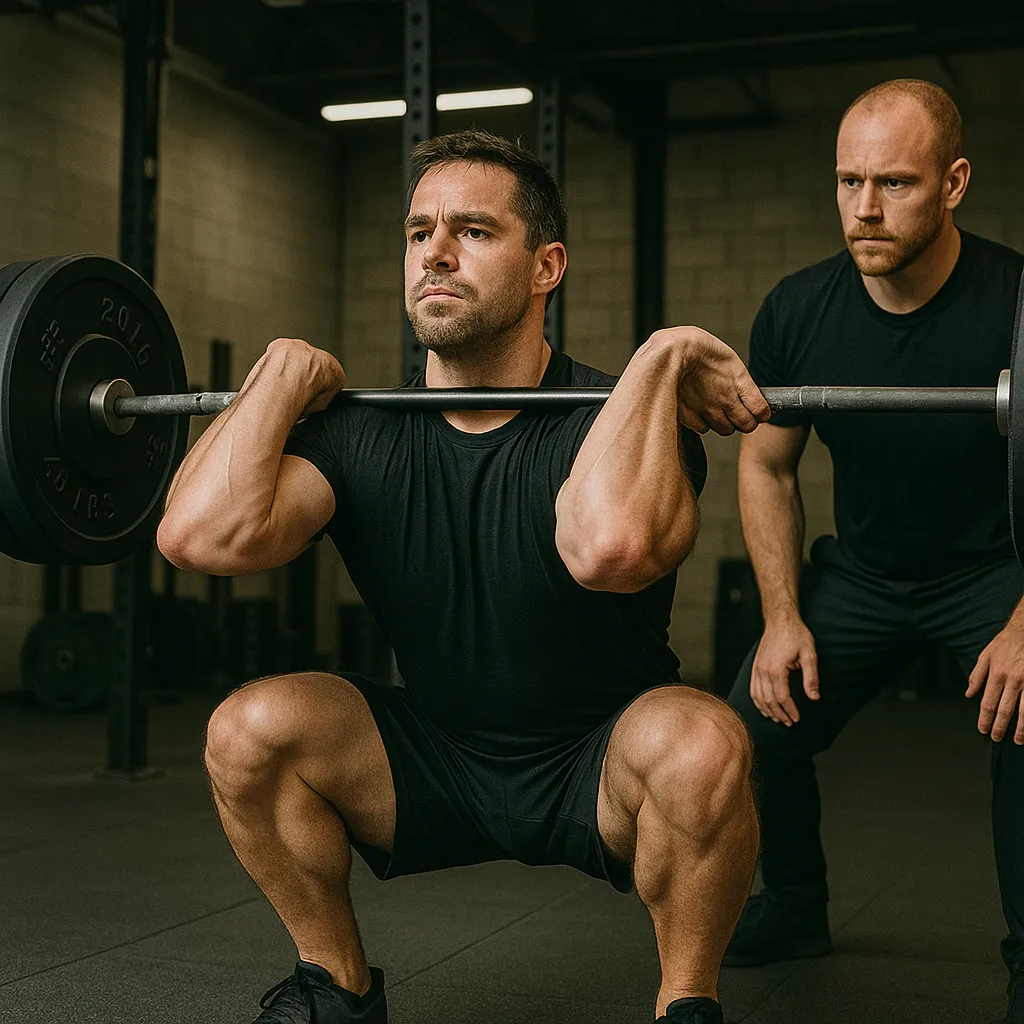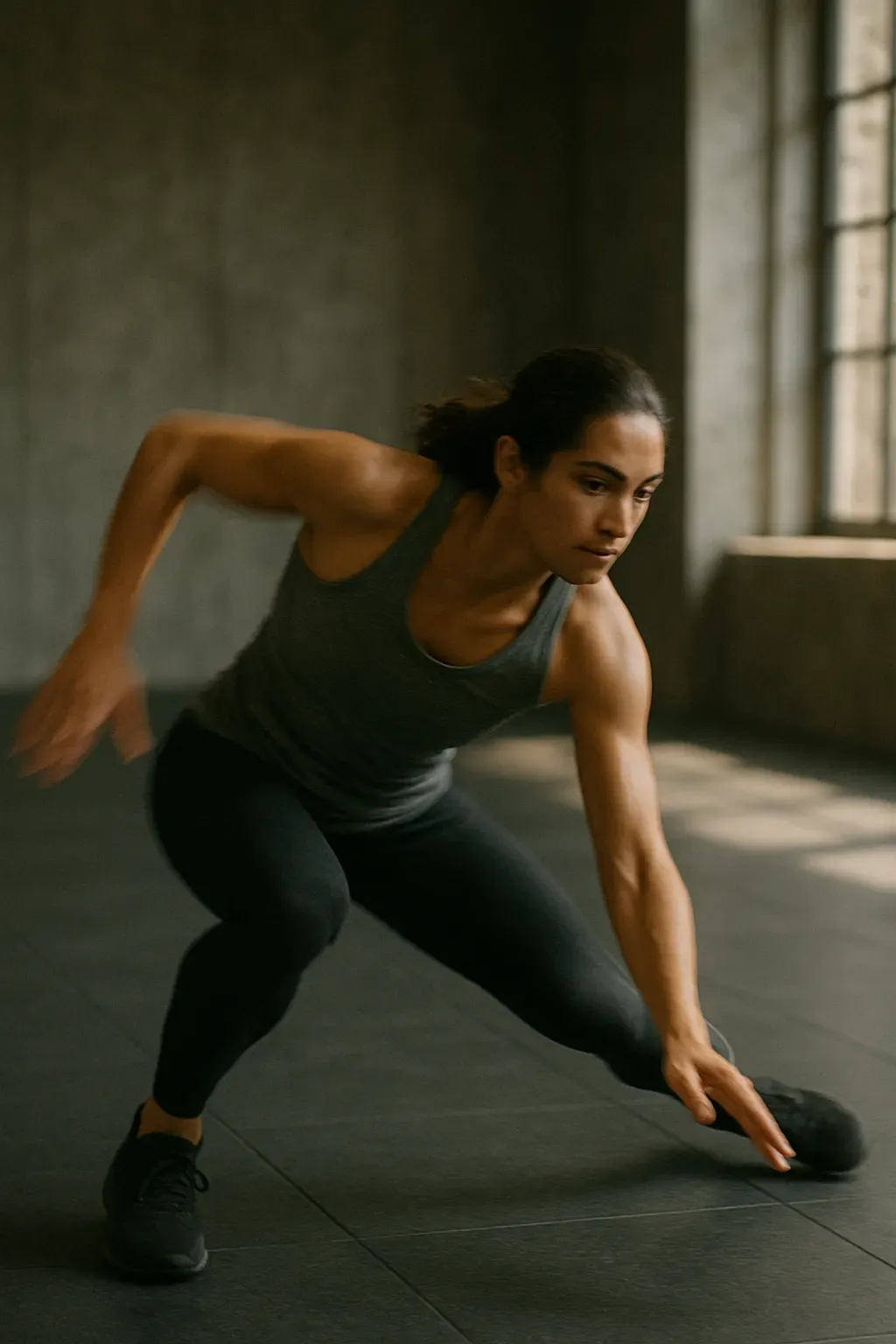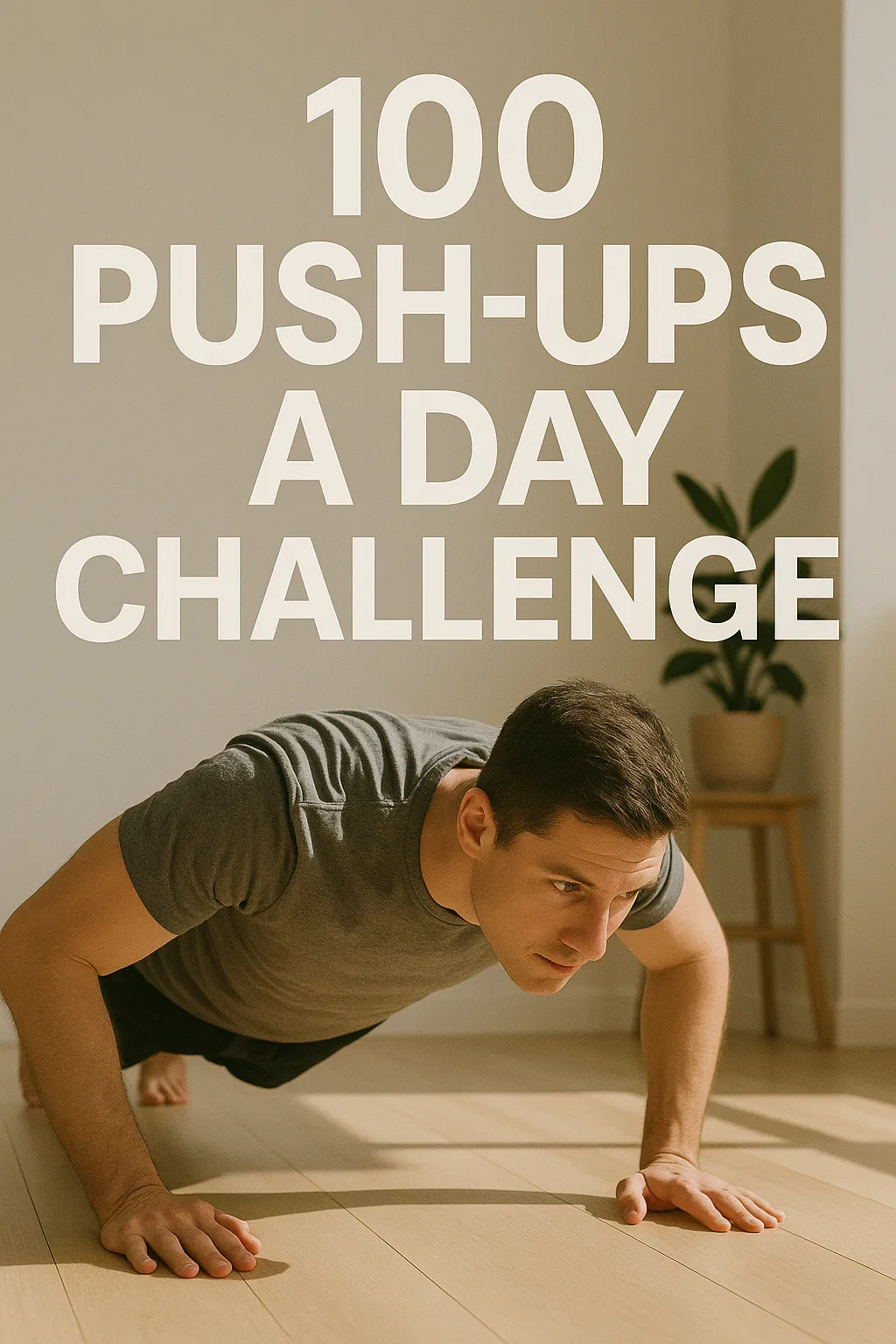The Foundation of Performance
No matter the sport — from football to triathlon, weightlifting to CrossFit — one principle holds true: stronger athletes perform better. Strength is the foundation on which every other physical quality is built. Without it, your ability to produce power, maintain posture, and resist fatigue is limited.
When you train for strength first, you’re not just lifting weights — you’re building a body that can handle more work, recover faster, and perform under greater pressure.
“Strength isn’t just about lifting heavy. It’s about building the engine that drives every other athletic quality.” — Chris Dear, CD Performance
Strength as the Gateway to Power
Power — the ability to produce force quickly — is what separates good athletes from great ones. But to develop power, you first need force. You can’t express what you don’t possess.
In sports like sprinting, jumping, or throwing, the most powerful athletes are almost always the strongest. Strength training enhances the rate of force development, meaning you can produce more power in less time — the holy grail of athleticism.
This is why even endurance athletes benefit from structured strength work. A stronger stride, stroke, or pedal stroke translates to more efficient energy use, reducing injury risk and improving economy.
To learn more about the science behind these adaptations, read The Science of Strength Adaptation.
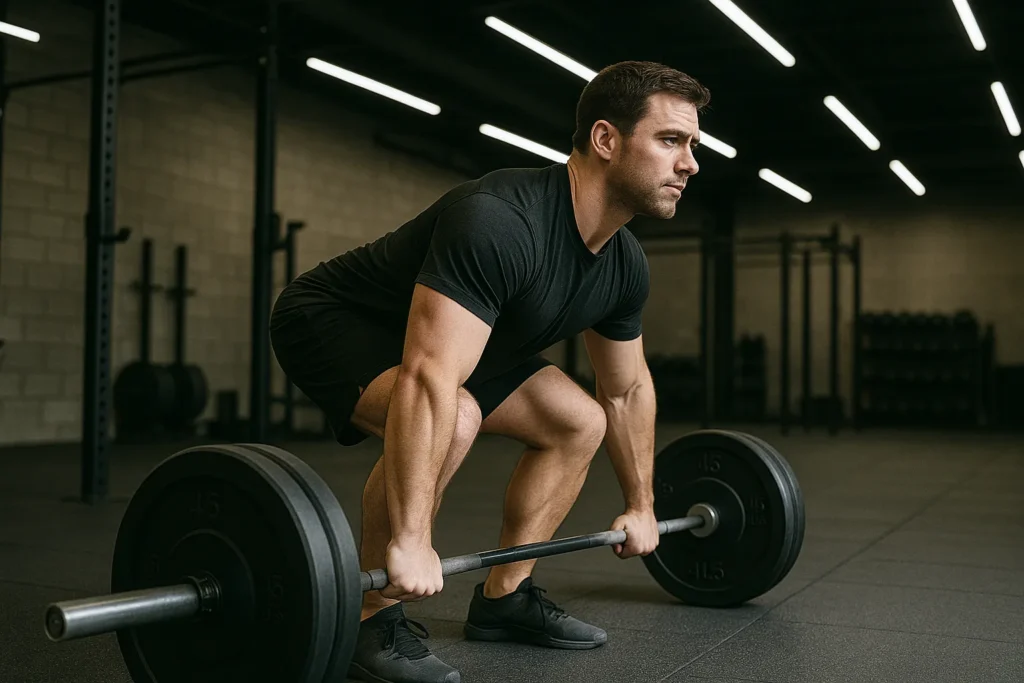
Strength Protects Against Injury
Athletes don’t just need to perform — they need to stay in the game. One of the most overlooked benefits of strength training is injury prevention.
When you strengthen muscles, tendons, and connective tissue, you improve the body’s ability to tolerate stress. That means better joint stability, reduced fatigue-induced breakdown, and a lower likelihood of overuse injuries.
A study in the British Journal of Sports Medicine found that strength training reduces injury risk by up to 68%, outperforming stretching and balance training combined. Strong muscles don’t just move you; they protect you.
“If you’re strong, you can recover faster, handle more volume, and bounce back when it matters most.” — Chris Dear
Strength Supports Skill and Coordination
Many athletes worry that lifting weights will make them slow or bulky. The truth is, proper strength training enhances coordination, stability, and motor control — especially when programmed with purpose.
Exercises like the front squat, Romanian deadlift, and power clean teach your body to move efficiently through full ranges of motion while maintaining alignment and control. That translates directly to better movement mechanics in sport.
By mastering these foundational lifts, you improve movement literacy — your ability to control your body under load. This doesn’t just build strength; it improves timing, rhythm, and balance — all essential for athletic performance.
(You can explore lift breakdowns and technique guides in the RB100 Exercise Library).
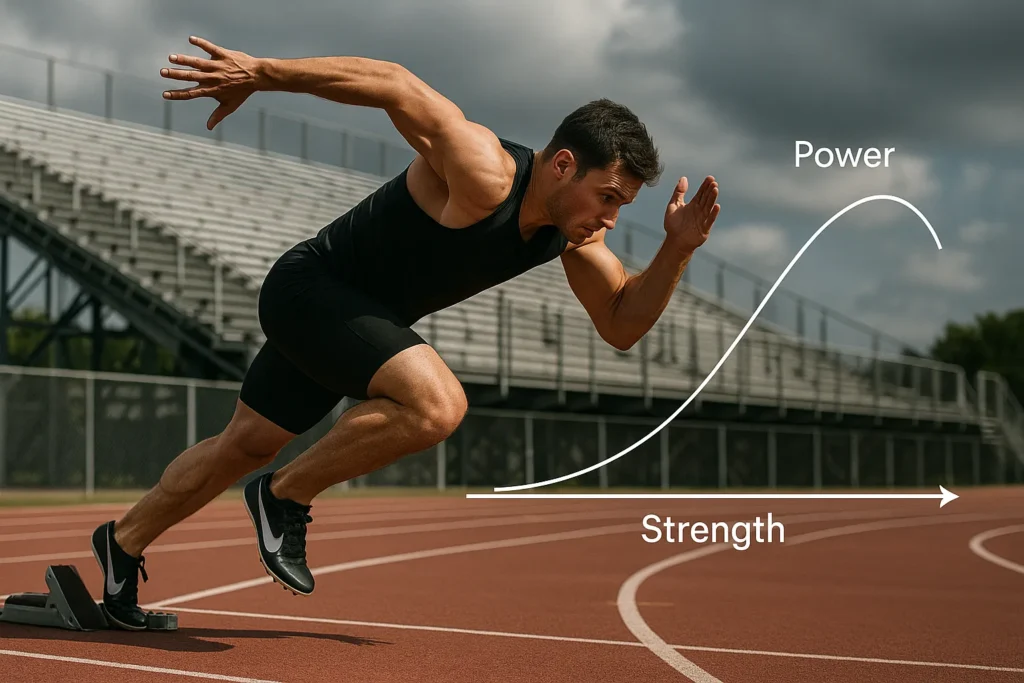
The Role of Strength in Endurance Sports
It’s easy to think endurance athletes only need stamina, but strength underpins performance here too. Stronger muscles are more fatigue-resistant, produce more force per contraction, and improve running economy.
For example, marathon runners who include two to three strength sessions per week can improve time-to-exhaustion by up to 20%. Cyclists who lift experience higher peak power and improved pedal efficiency.
The logic is simple: if your body can produce more force with less effort, you can sustain a higher pace for longer. That’s why strength-first training benefits every sport — not just the gym.
Building Strength Without Losing Specificity
A strength-first approach doesn’t mean abandoning your sport. It means integrating strength logically into your overall plan.
Start with a base phase focused on compound movements — squats, presses, deadlifts, and pulls — using moderate to heavy loads (70–85% of your max). Train 2–3 times per week, focusing on technical quality over volume.
Once a foundation is built, move toward power development (lighter loads, faster execution) while maintaining 1–2 strength sessions weekly to preserve gains.
For competitive athletes, this approach dovetails perfectly with periodisation — a structured way to manage training blocks that support performance peaks. You can learn more about this in What Is Periodisation in Fitness?.
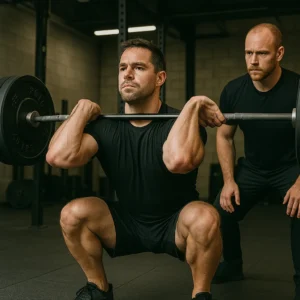
Strength Enhances Mindset and Confidence
There’s also a psychological benefit that often gets overlooked: strength breeds confidence.
Athletes who know they can handle heavy loads — physically and mentally — bring that resilience into competition. Each PR lifted is a mental rep for perseverance. Strength training teaches patience, focus, and grit — qualities that carry over to every arena of performance.
At CD Performance, I’ve seen this countless times from Olympic Weightlifters to GB Skeleton athletes. Once an athlete learns they can move heavy weight with control, everything else becomes easier.
“The barbell doesn’t lie it shows you exactly where your limits are, and then teaches you how to break them.” — Chris Dear, CD Performance
Final Thoughts
Every athlete, regardless of discipline, should prioritise strength first. It’s the foundation of movement, the shield against injury, and the amplifier of every other performance quality.
By developing strength before layering on endurance, speed, or skill work, you’re ensuring that your foundation can handle the demands of your sport.
Remember you don’t get strong by accident. You get strong by design. Train smart, recover well, and give your body a reason to adapt.
And when in doubt, lift. Because every great athlete, at every level, was strong first.
